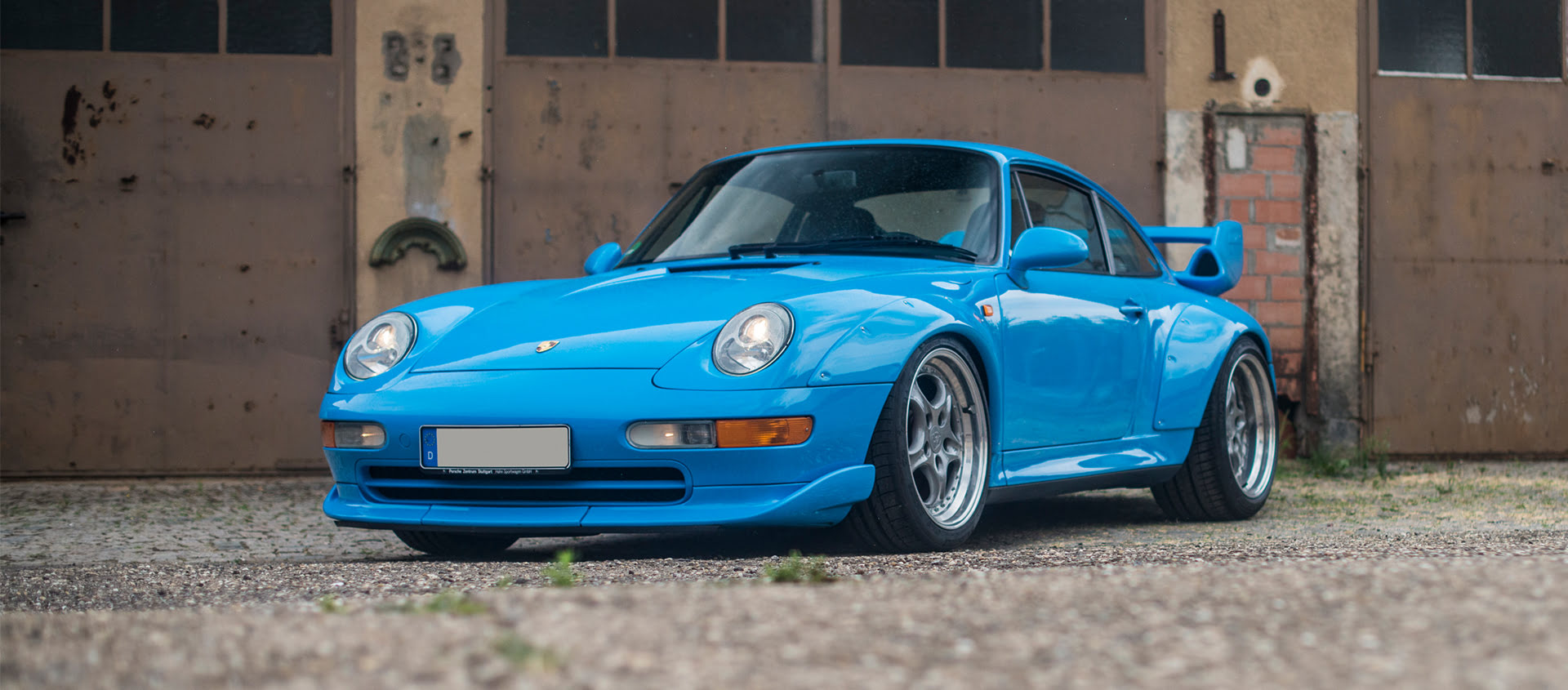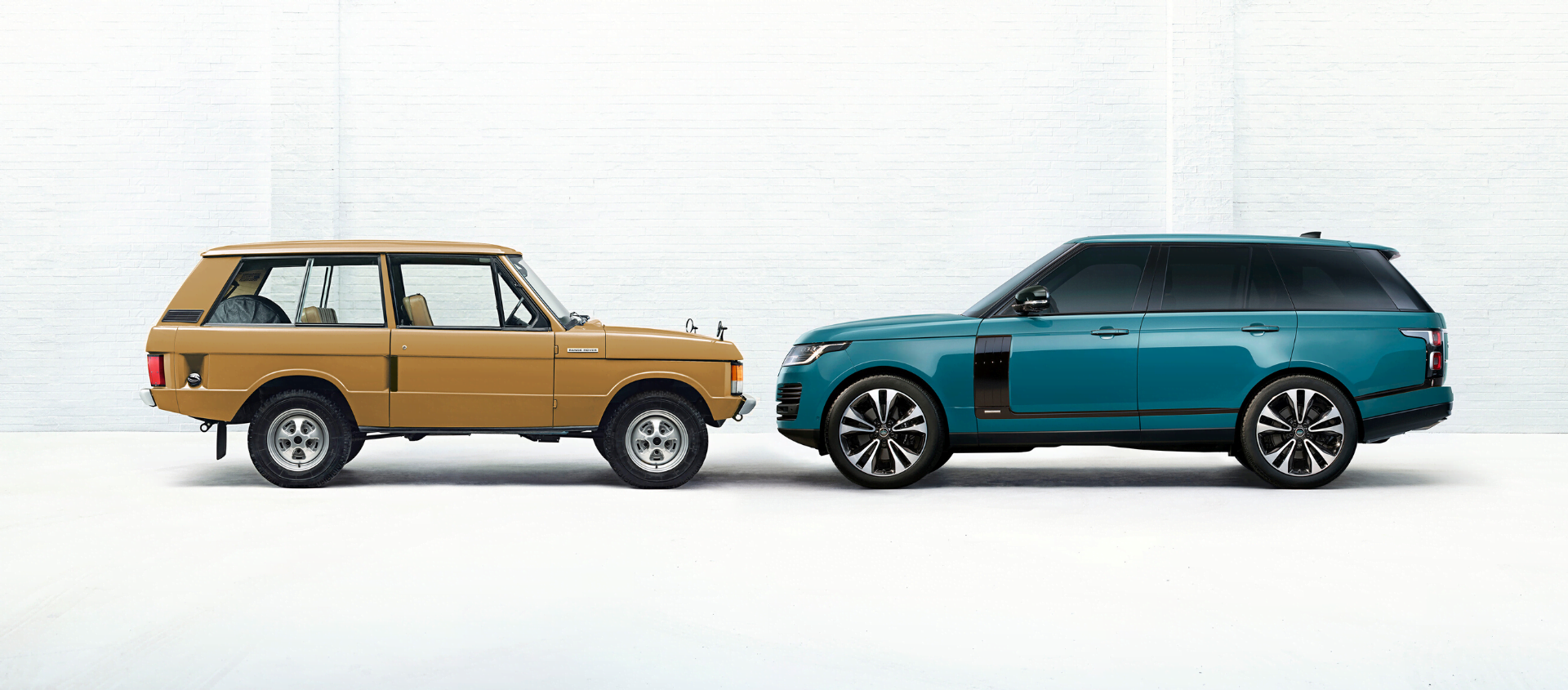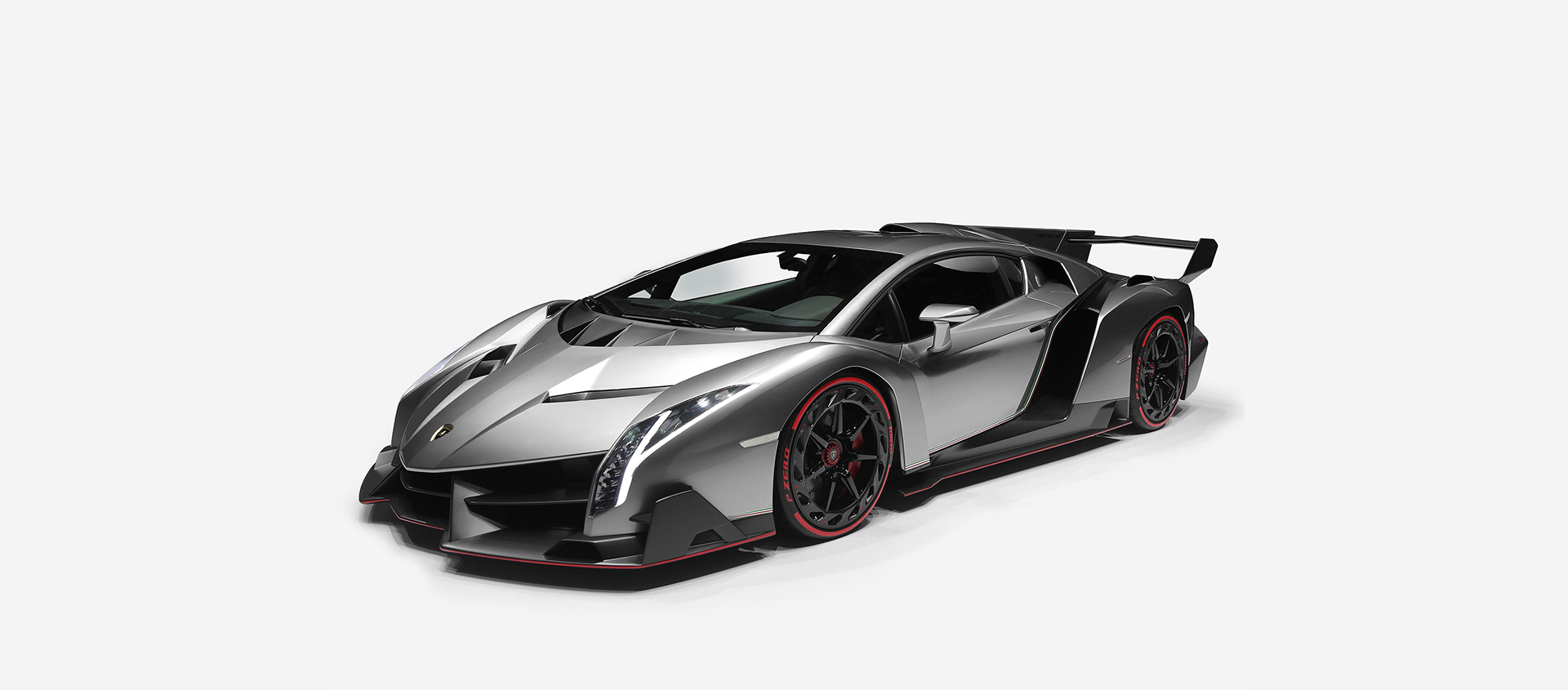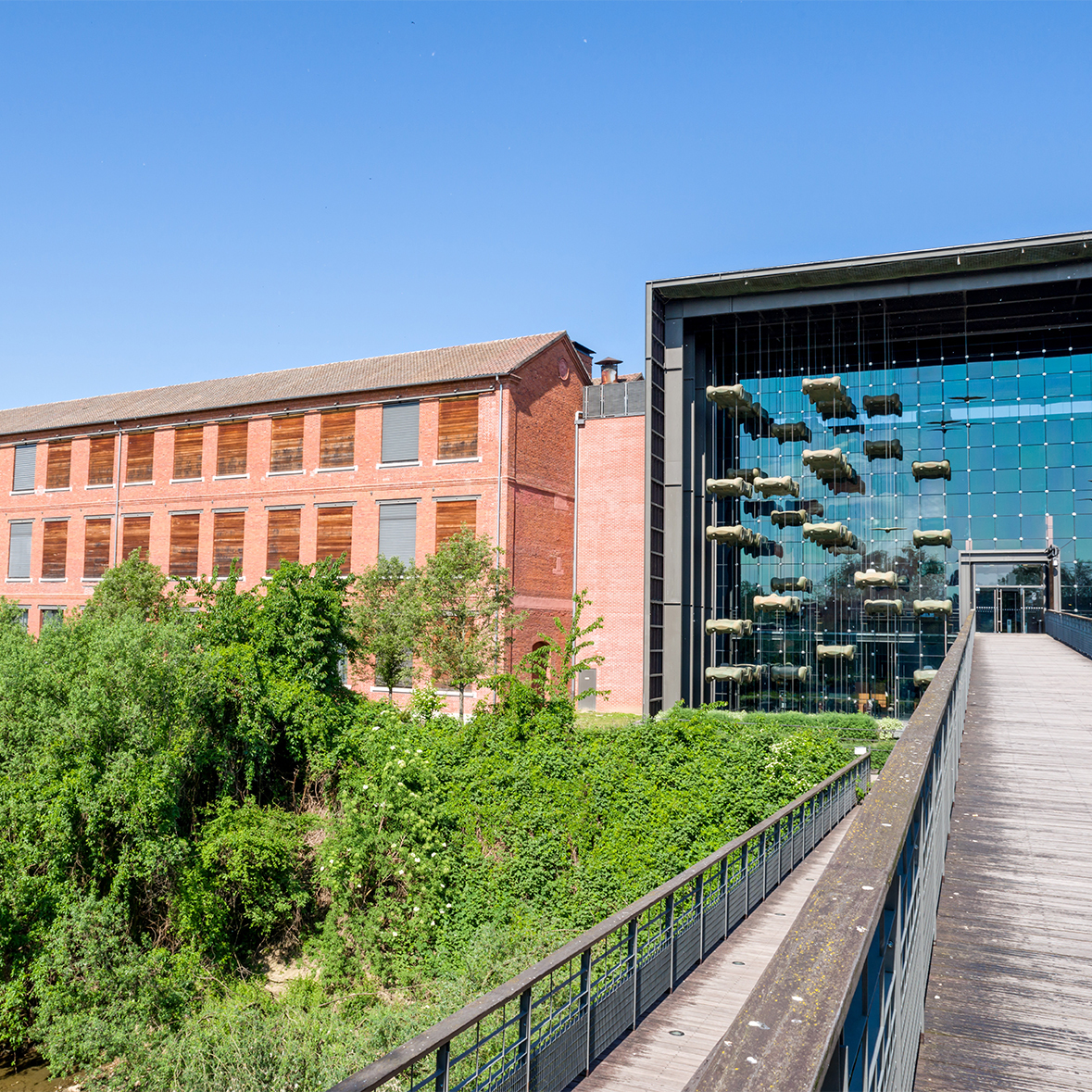The long road to the Bugatti Veyron
11 July 2020 1 min read 4 images
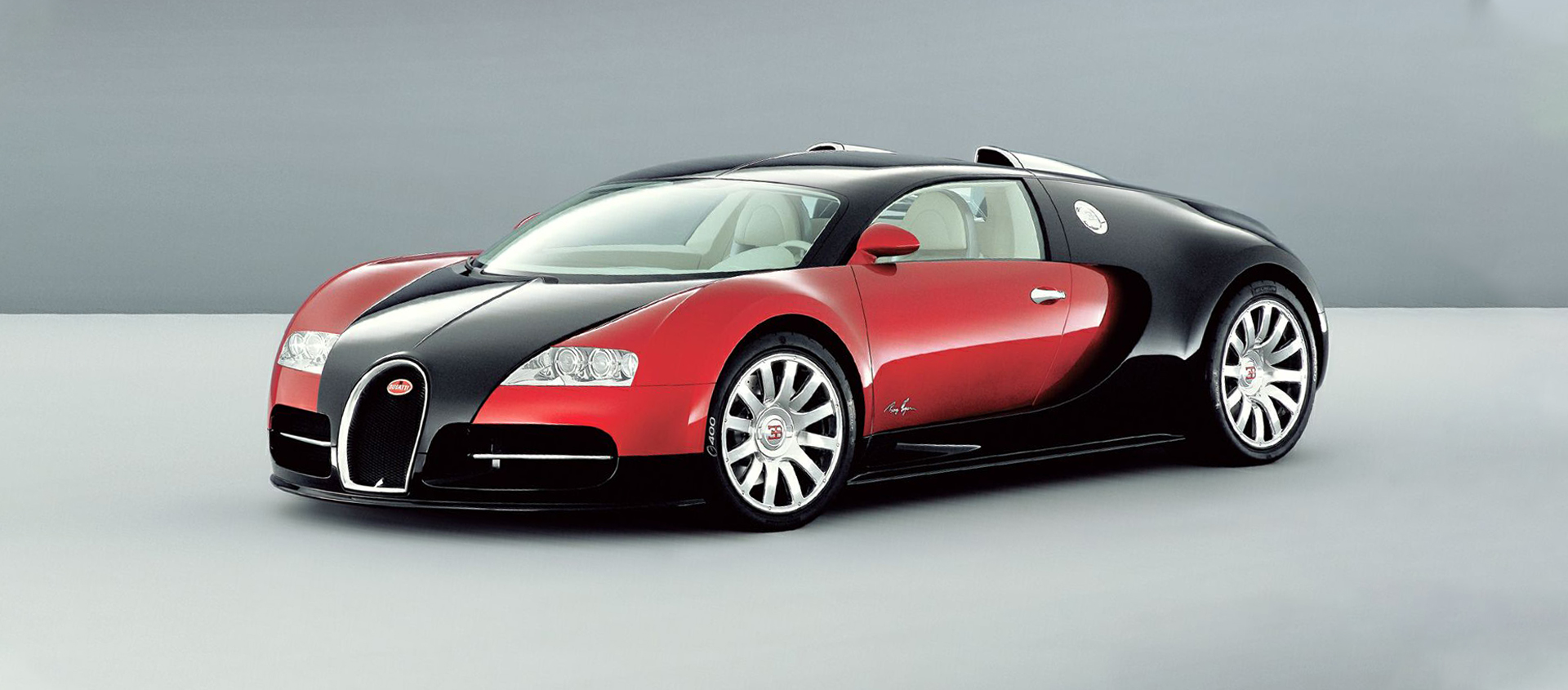
Ferdinand Piech is certainly to be regarded motoring history’s last visionary dreamer. There is no doubt he was a born leader — one with the blood of the Porsche dynasty in his veins, and the sheer determination of those who constantly have their sights set on amazing things. And beyond! To see what we mean, just consider — and this is only one example — the Porsche 917 that was prepared to race at Le Mans: an amazingly advanced and awe-inspiring car, hugely powerful and perilously unstable at high speeds (as it showed at great cost!). Like many of Piech’s creations, this was an unnerving car; indeed, English driver John Woolfe lost his life during the first lap of its debut at the 24 Hours in 1969. But it was a car that went on to take every prize going.
Register to unlock this article
Signing up is free and gives you access to hundreds of articles and additional benefits. See what’s included in your free membership. See what's included in your free membership.
Already have an account? Log In
